
Tailored Fit - Performance Primary Radiator R&D, Part 1 - Stock Review
Think about the last time you bought a product that was "Universal" or "One Size Fits All." How well did it actually fit your needs, and how much adjustment was needed for it to work correctly? When it comes to the flagship of Volkswagen's MQB platform, it's a similar situation. These days it's almost impossible to go anywhere without spotting VW's hardest working hot-hatch, the GTI or Golf R. Still, given that the modular platform means shared parts between the smaller Golf TSI, MK7 Jetta, Tiguan, and a myriad of SEATs and Skodas, there can be some things left to be desired, specifically when it comes to keeping the MK7s cool. Luckily, we here at Mishimoto are already hard at work on a fresh new radiator design.
Before we get into just how we plan on improving on the MK7's cooling system, let's dive into the design that VW fitted to these vehicles. Depending on the year, and transmission in your MK7, just every system relies on the primary radiator to keep the temperatures down. By reducing the heat in the primary cooling circuit, the benefits ripple out through the oiling system, and early model DSG equipped vehicles. For later model dual-clutch vehicles, Volkswagen did make the update to include an independent cooling system, but this also meant that the primary radiator went on a diet, and lost a few MM in core thickness.
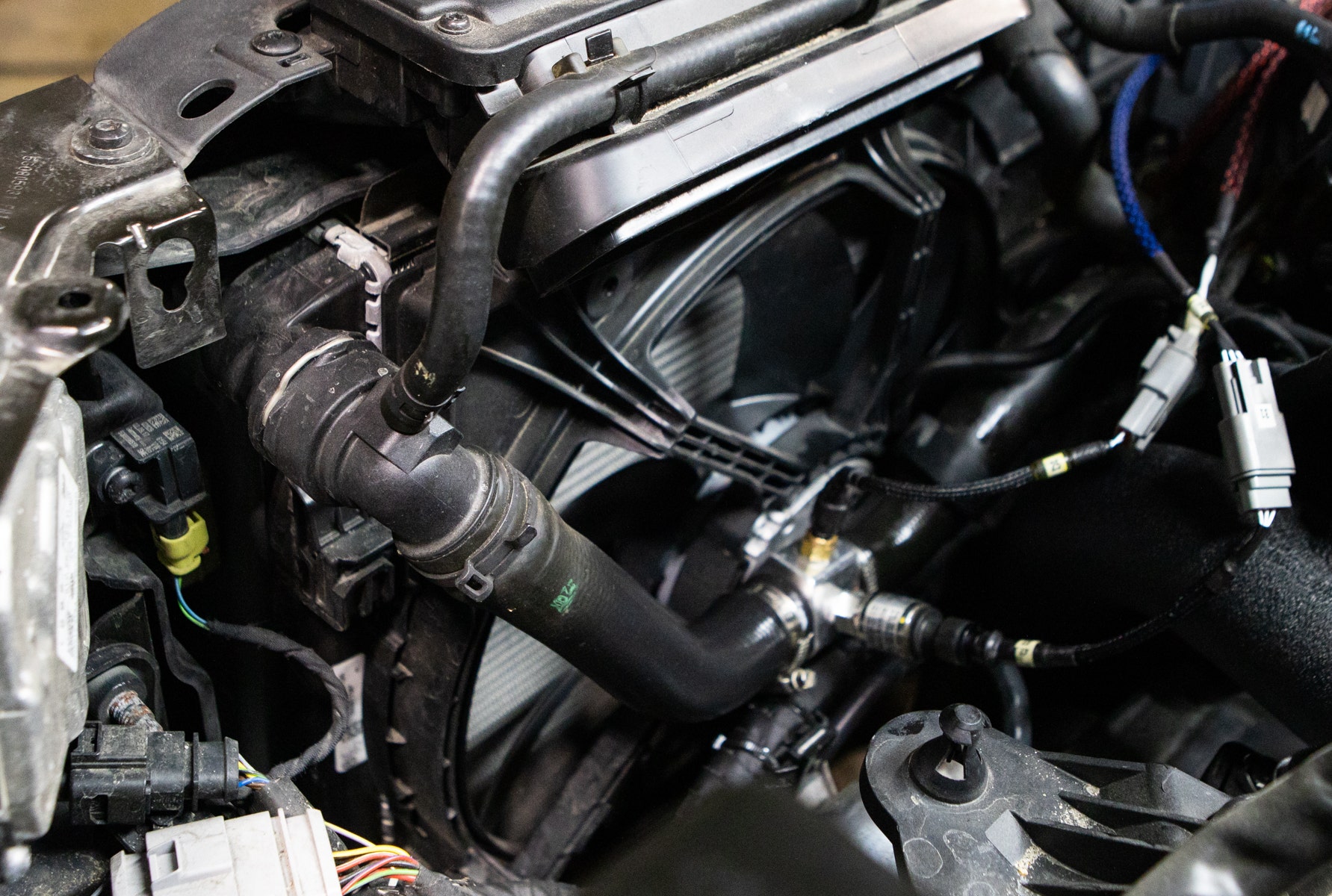
When it comes to the radiator's placement in the vehicle, it's a tight squeeze in the front of this hot-hatchback, with the radiator being the bread in an intercooler sandwich. The proximity to other heat exchangers does mean that this radiator will have to work harder, especially if there's a bar-and-plate intercooler in place. To see how the radiator copes with being last in line for fresh air, we decided to extract the stock unit from the vehicle.
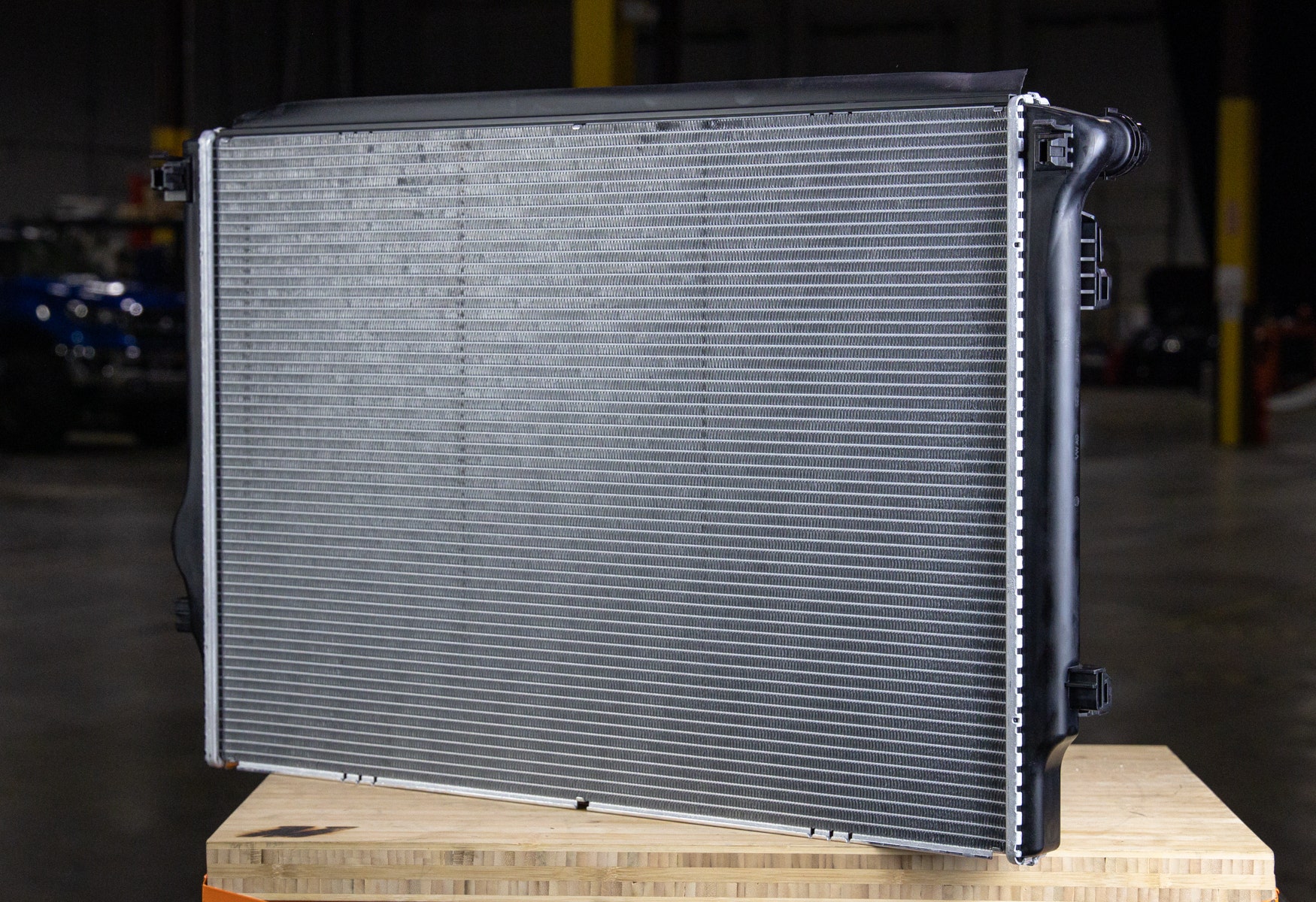
Under closer examination, we found the radiator from the VW follows most of the similar design cues for OEM construction, an adequately sized core crimped to a pair of plastic end tanks. This method of radiator construction is ideal for Volkswagen since it's inexpensive on such a large scale production but still delivers good enough cooling for a majority of the driving styles that the various iterations of the Golf is subjected to. On the whole, a vast majority only see regular commuting, however, there are still some that will head to the track or even some twisty back roads where reducing temperatures is key.
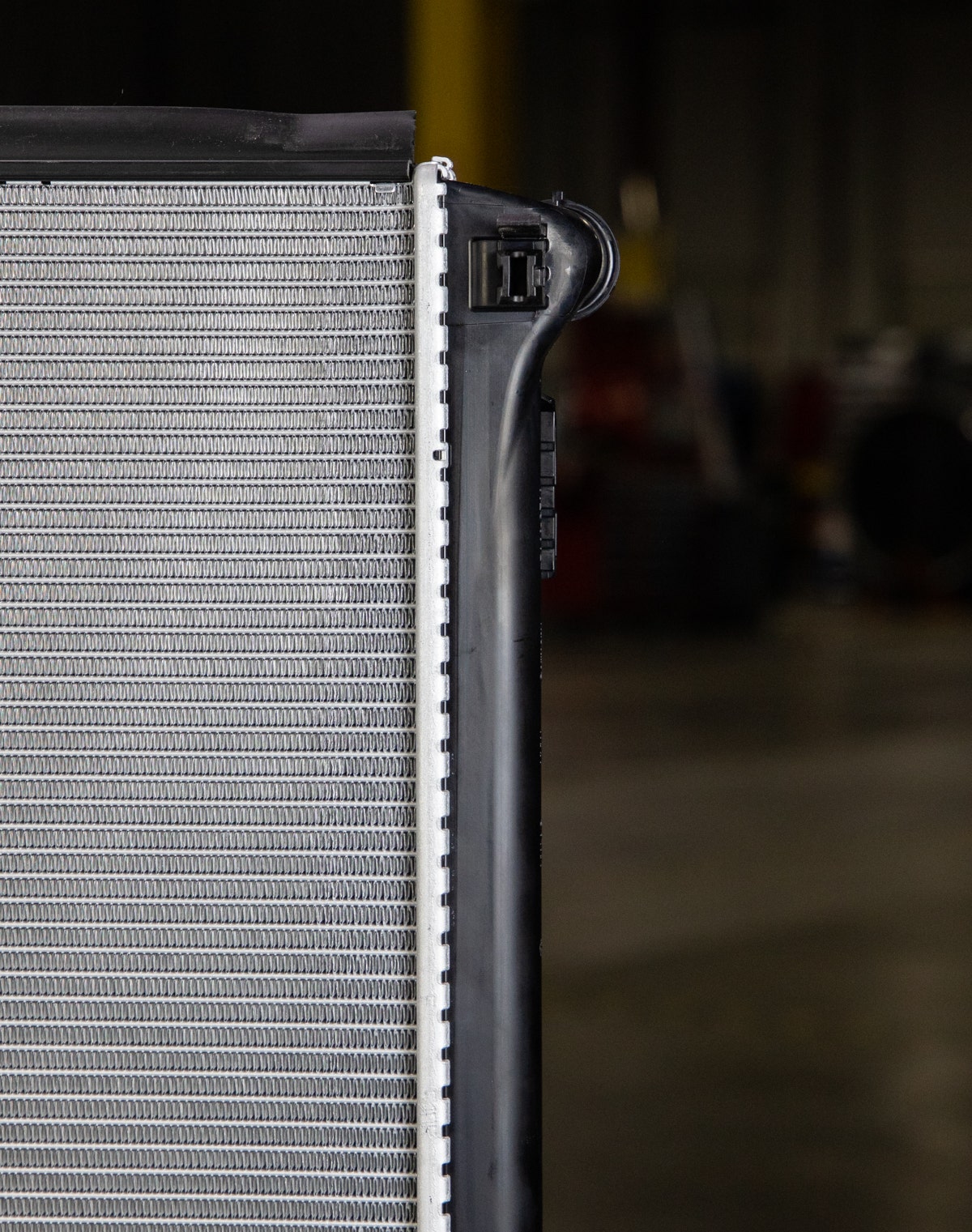
Once we focus in closer on the different parts of the radiator, we were able to find a few more features that make this radiator stand out. For starters, as with other manufacturers these days, VW utilized a serrated fin design, which essentially gives the core extra thickness by forcing the air through diagonally, which increases the heat transfer, even when using the thinner core.
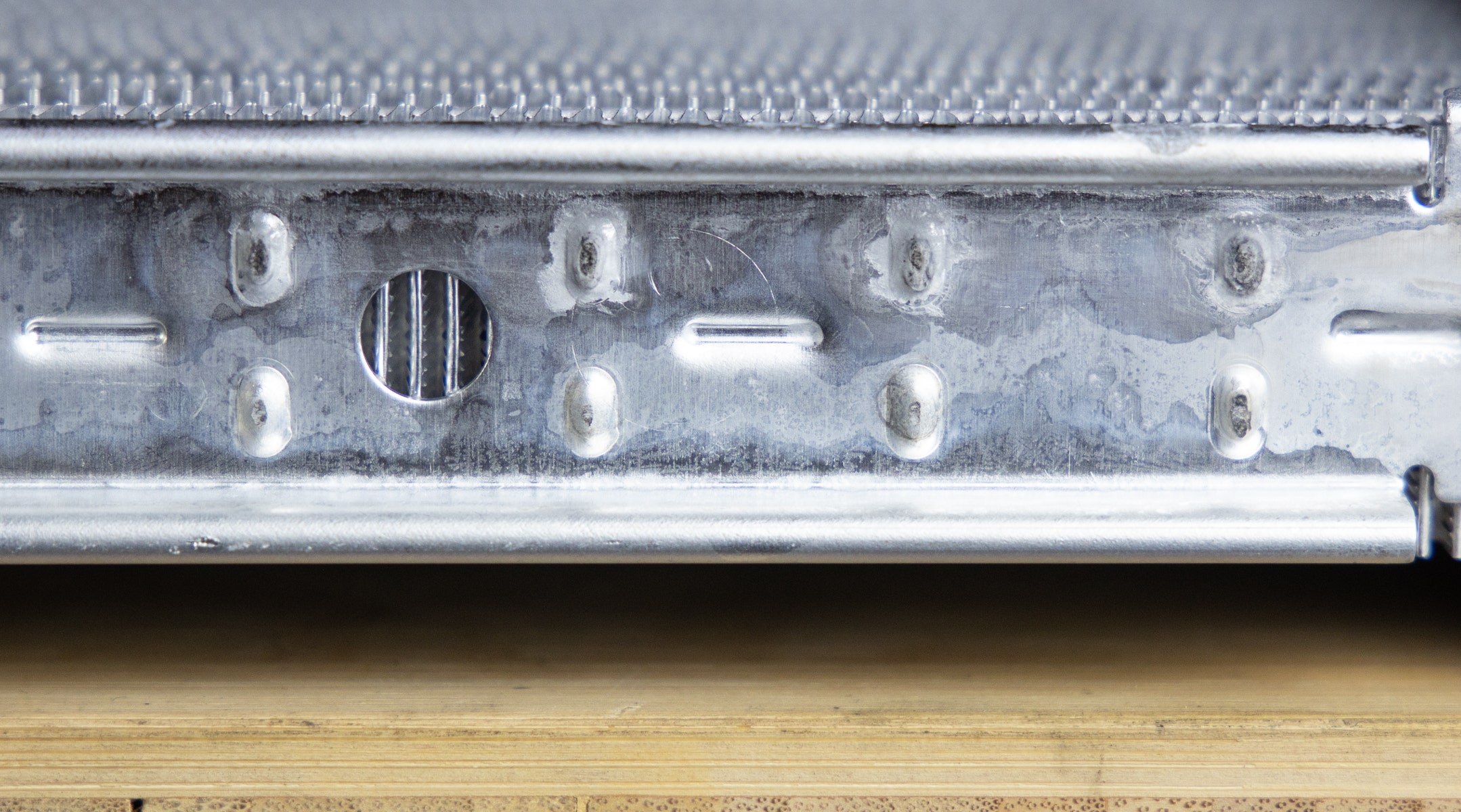
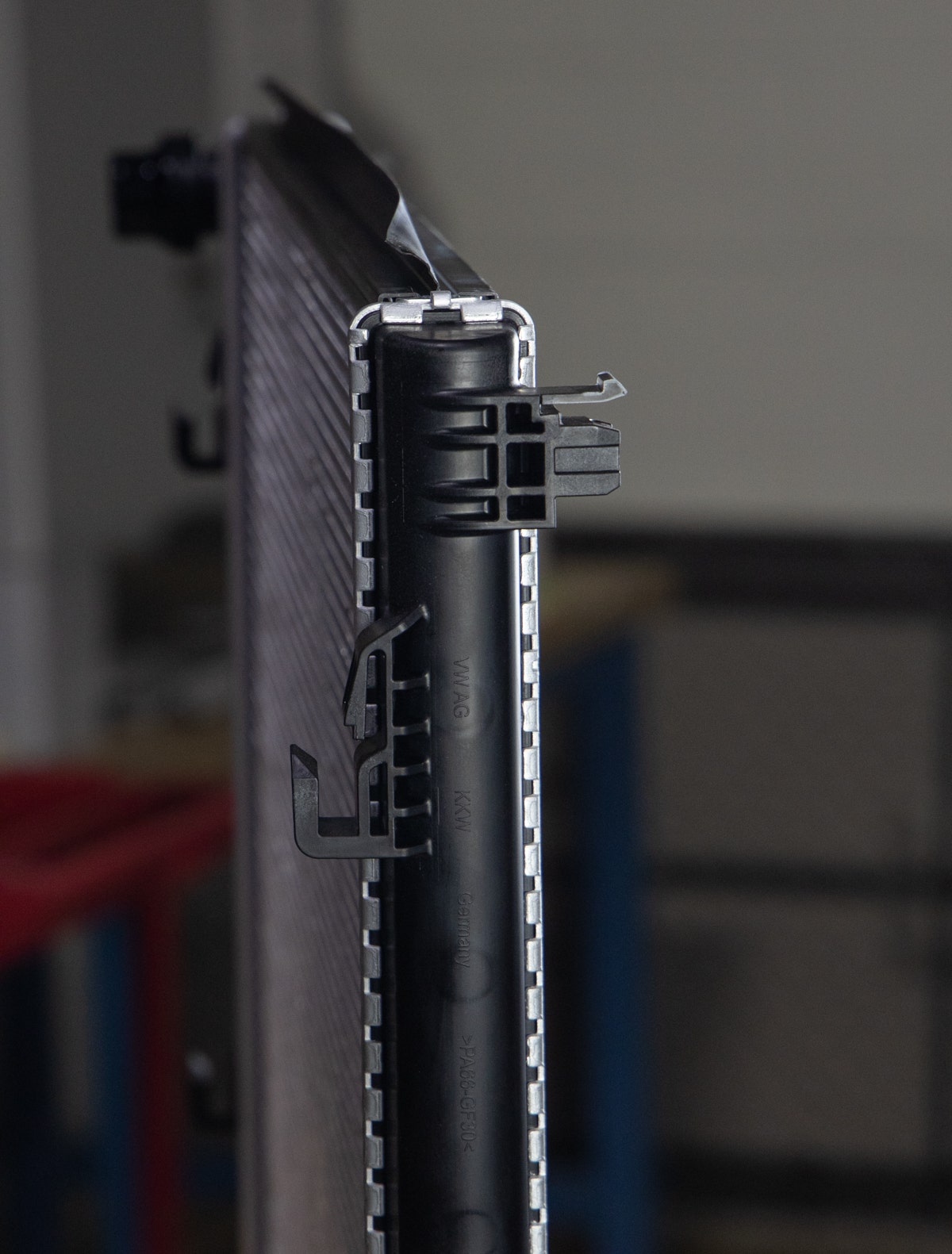
Where the core shows potential, the end tanks reveal signs of weakness. As mentioned earlier, the plastic construction raises concerns for longevity given the numerous heating cycles these tanks will see. Quick disconnects seem to be popular with the German vehicles that make their way into our R&D facility. These make for quick and easy connection to the radiator; however, it's essential that all parts of the connection are correctly maintained, otherwise resulting in loss of coolant.
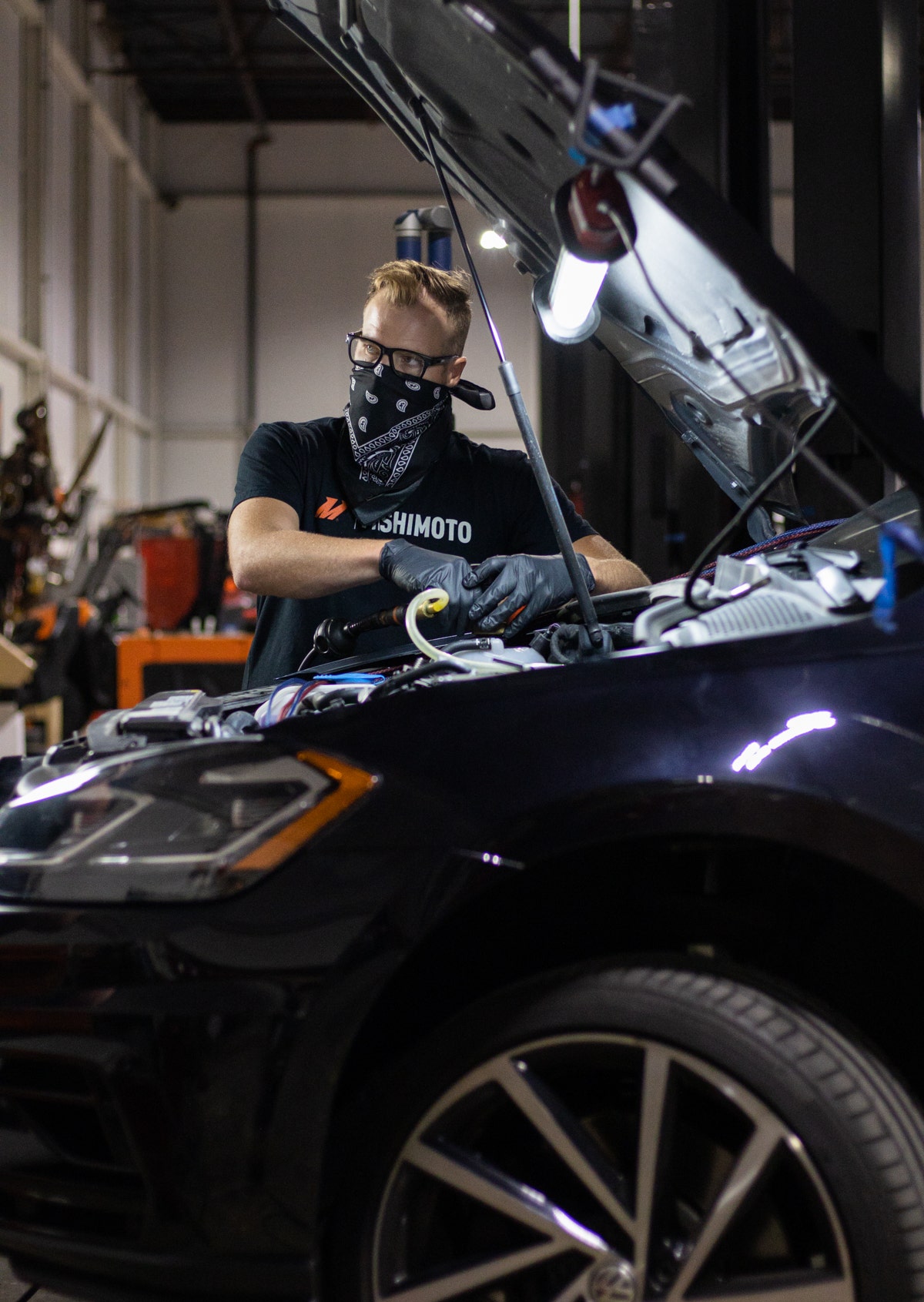
The MQB and "one size fits all" method is a manufacturing dream for VW when it comes to churning out vehicles, but it does mean that in some cases, there's still some performance left to be desired. Make sure that you stay tuned to see our tailor-made plans to improve on the MK7 Golf TSI/GTI/R's cooling system.
Thanks for Reading!
-Nick










